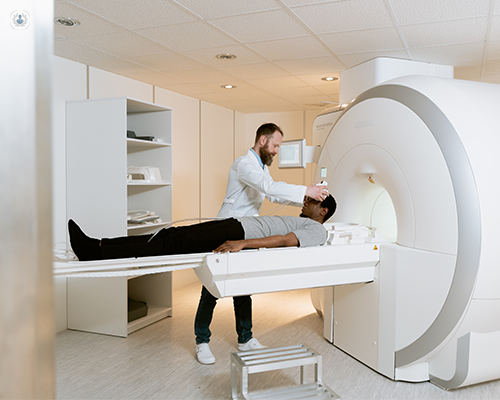HIFU (high-intensity focused ultrasound)
What is HIFU (high-intensity focused ultrasound)?
High-intensity focused ultrasound or HIFU is a medical procedure which involves using high temperature, ultrasonic waves to remove problematic portions of bodily tissue. The cheap cost of HIFU compared to other alternatives, combined with its typically non-invasive nature, have led to increased testing, particularly in the past five years.

Why is HIFU carried out?
As with other forms of therapeutic ultrasound, there are a wide range of uses for HIFU. In a growing number of countries it is being used to treat neuropathic pain and Parkinson’s disease. It's suitability for treating other neurological disorders is still being evaluated.
Due to its effectiveness in burning away unwanted or damaged body tissue, HIFU is also used effectively as part of prostate, liver, kidney and breast cancer treatments as well as removal of fibroids. Additionally, HIFU is also used in both occupational therapy and physiotherapy.
What does HIFU involve?
This procedure consists of ultrasound beams at a temperature of up to 85 °C being directed at unwanted bits of tissue in order to incinerate and subsequently eliminate it. The ultrasonic beams produced only focus on a small area of tissue, which means surgeons will sometimes use multiple beams in order to remove all undesired tissue. Due to the delicate nature of HIFU therapy, image guidance is required both before and during the procedure. CT and MRI are typically used beforehand, while MRI and medical ultrasound have been regularly used during.
What are the risks?
The main risk of HIFU is healthy tissue surrounding the targeted area being accidently lacerated. However, thanks to the aforementioned monitoring techniques used both before and during surgery, such occurrences are rare. In addition, some parts of the body a more vulnerable than others and therefore are considered riskier for this kind of procedure.








